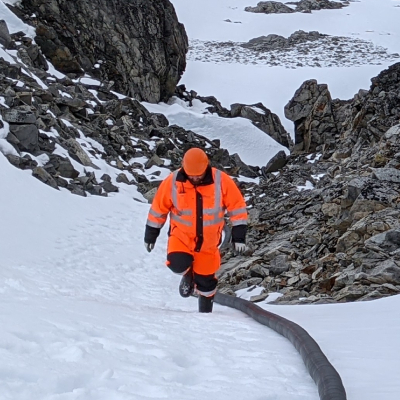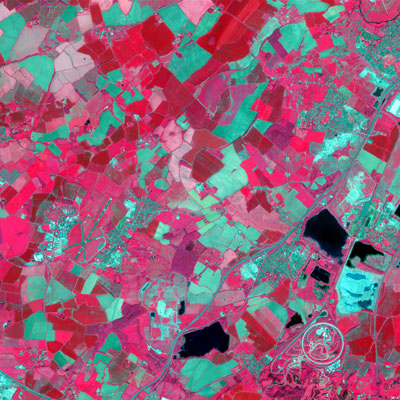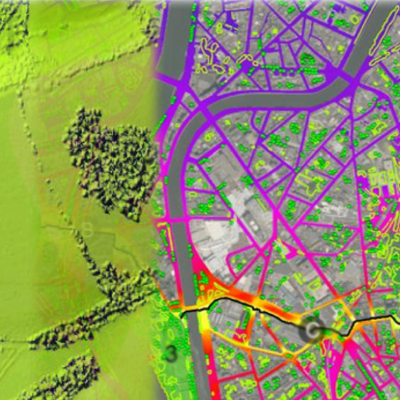- Cranfield University has designed a device called iDirac, which is currently operating remotely from the Rothera research station in British Antarctica
- The iDirac measures molecules emitted by the ocean which disperse in the air above the research station
- Scientists are interested in the undisturbed location because it gives us a picture of how clouds may have behaved in the pre-industrial age
- Data collected by the researchers will enable them to better model how clouds form and in turn affect climate change
A Cranfield University designed instrument capable of remotely analysing molecules from the air in Antarctica will help scientists understand future changes in our climate.
The iDirac is unique in that unlike commercial alternatives it can operate autonomously for long periods of time. In addition to saving up to £500,000 – the cost of a similar commercial device – the Cranfield designed device has the advantage of being able to run remotely on rugged terrain for months on end.
The iDirac is currently being used as part of the British Antarctic Survey (BAS) led Southern Ocean Clouds project which also involves the University of East Anglia, the University of Exeter, and the University of Manchester.
The instrument measures a molecule emitted by the ocean called dimethyl sulphide (DMS), which is key to cloud formation in remote pristine environments. Capturing this is crucial to understanding how emissions affect climate and air quality, as well as how they change over time as a result of global warming.
Valerio Ferracci, Research Fellow at Cranfield University, said: “Antarctica is considered a proxy of the pre-industrial world; a region with minimal human influence. The improved understanding of clouds in this region might help account for how clouds formed in the pre-industrial era when anthropogenic emissions were much smaller than today.
“Currently some of the major uncertainties within climate models are clouds and aerosols (that act as nuclei for clouds to form on). By improving our understanding of the key processes involved in cloud formation and development, we can refine their representation in climate models – ultimately reducing that level of uncertainty.
“This will help us assess the role of aerosols and clouds in the present day compared to the pre-industrial past with more confidence. In turn this will help paint a clearer picture of the impact of human activity.
“As the climate changes as a consequence of the rise in greenhouse gas concentrations, so does the urgency to increase the accuracy of future climate projections.”
The findings will be vital for bodies such as the Intergovernmental Panel on Climate Change, which needs to offer precise guidance to policymakers on the impact of changes to emissions.




